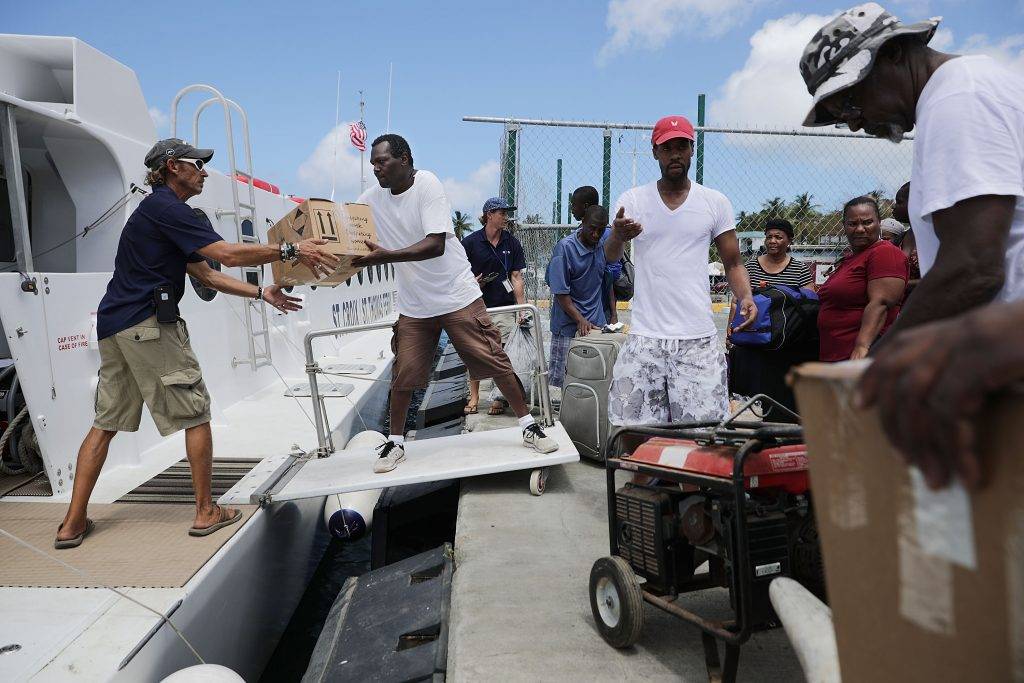
Alexander Hamilton’s fateful Maria-style hurricane: He wrote his way out
For the several hundred years before hurricanes in North American waters were named after women and then men as well, they were often labeled by the name of the saint’s day on which they fell or just called, monotonously, “The Great Hurricane” of a specified year.
There was “Hurricane Santa Ana” in 1825 for example, “San Felipe” the first and “San Felipe” the second in 1876 and 1928. And there was “The Hurricane of 1768” that destroyed some 4,000 houses in Havana and killed a thousand people.
But Hurricane Maria, which was closing in on the islands of the Caribbean Tuesday morning, inevitably brings to mind a storm which has acquired a truly unique nickname: “The Alexander Hamilton Hurricane of 1772,” as Bahamian meteorologist and historian Wayne Neely called it in his book “The Greatest and Deadliest Hurricanes of the Caribbean and the Americas.” It barreled through the Leeward Islands of St. Thomas, Puerto Rico and St. Croix on Aug. 31, 1772, described in a local paper as “the most dreadful Hurricane known in the memory of man … the whole frame of nature seemed unhinged and tottering to its fall … terrifying even the just, for who could stand undisturbed amid the ruins of a falling world